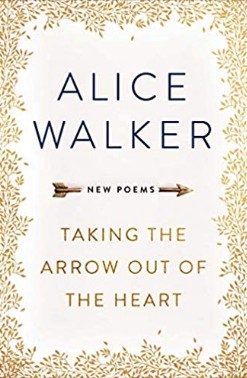|
English Summary/英文概要: Prior to the battle of Gettysburg on July 1-3, 1863, the costliest battle of the Civil War had been Antietam, in September 1862, in which more than 23,000 were killed or wounded in eleven hours. At Gettysburg, approximately 33,000 were killed or wounded and another 10,000 missing in action. The History Buff’s Guideâ„¢ to Gettysburg covers the action of those days and the surrounding area by means of detailed top-ten lists, ranking the best, worst, first, and most significant elements of the largest and deadliest battle of the Civil War. Chapters include:
•Coming to the Crossroads: Why the battle was fought, the people involved, key events leading up to the battle, and the role of the environment.
•The Battle: Why Confederate forces prevailed on the first day and Union forces on the second, why Pickett’s charge failed, the bloodiest fields of fire, and the actions of civilians during the battle.
•The Last Full Measure: The regiments with the worst losses, the highest-ranking officers wounded or killed, the most common causes of death.
•The Wake of the Battle: Military and civilian reactions, civilian activities after the battle, and lasting effects.
•In Retrospect: The best and worst performing commanders, myths and misconceptions, and enduring controversies.
•Pursuing Gettsyburg: Points of interest on the battlefield and in town, the best monuments, Lincoln sites in the area, sites that have been lost to development, and the best books on Gettysburg. From the days leading up to the historic battle and the aftermath in which the townsfolk were left to rebuild their lives and town (and the later establishment of the national battlefield park), The History Buff’s Guideâ„¢ to Gettysburg is a fresh, new approach to the subject.
Awards/获奖情况: "While most history books are dry monologues of people, places, events and dates, The History Buff’s Guide is ingeniously written and full of not only first-person accounts but crafty prose. For example, in introducing the major commanders, the authors basically call Confederate Lt. General Richard S. Ewell a chicken literally. ’Bald, bug-eyed, beak-nosed Dick Stoddard Ewell had all the aesthetic charm of a flightless foul.’ To balance things back out a few pages later, they say federal MG George Gordon Meade looked like a ’brooding gargoyle with an intense cold stare, an image in perfect step with his nature.’
Although it’s called a guide to Gettysburg, in my opinion, it’s a authoritative guide to the Civil War. Any history buff or Civil War enthusiast or even that casual reader should pick it up.---Clif Lusk, "Book Bit" - WTBF Radio, Troy, AL
|

